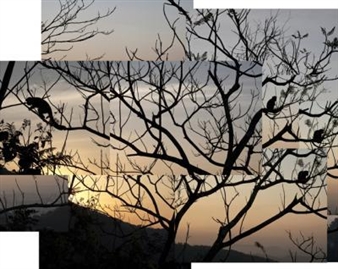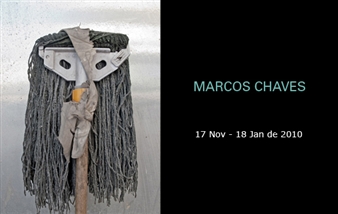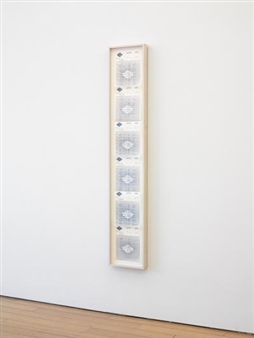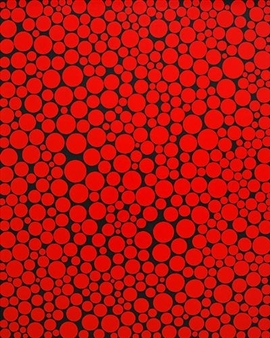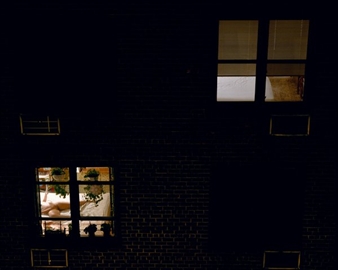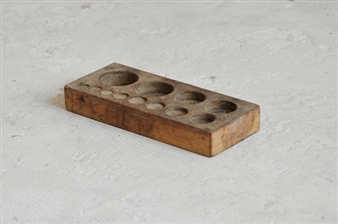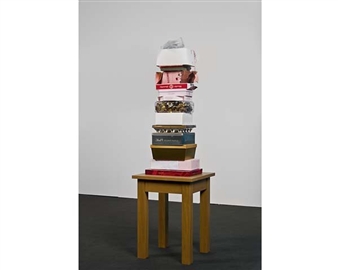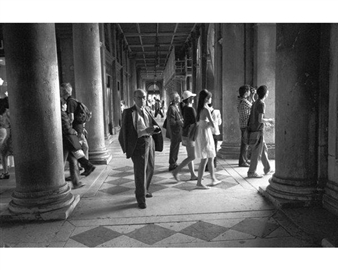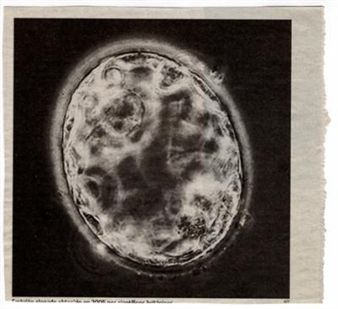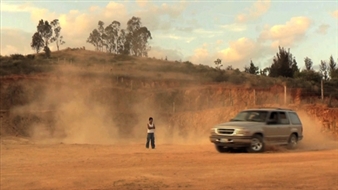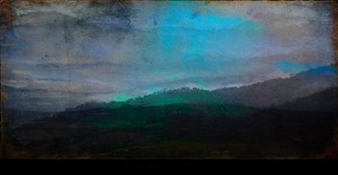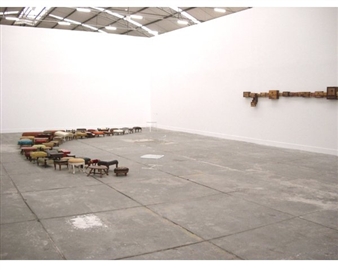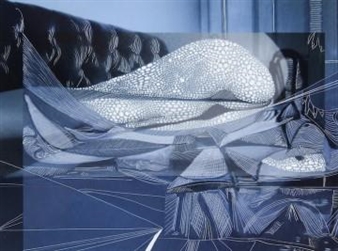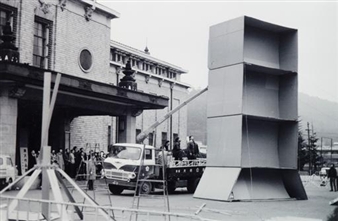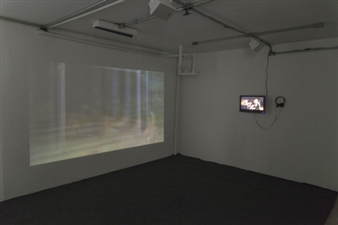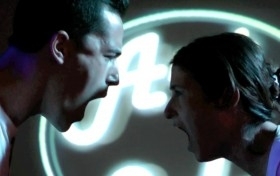Poem N° 0000000000000000000000000000,9
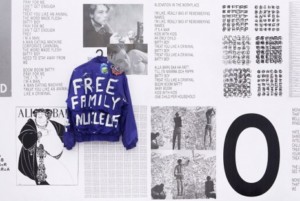
Mendes Wood DM, Sao Paulo, São Paulo, 10/03/2015 - 11/07/2015
Rua da Consolação 3358, Jardins SP, 01416 000 São Paulo
JULIAN BECK HENRI CHOPIN ADRIANO COSTA LENORA DE BARROS NATALIE HÄUSLER JAMES HOFF KARL HOLMQVIST GREGORIO MAGNANI ZIN TAYLOR
“It is impossible one cannot continue with the all- powerful Word, the Word that reigns over all. One cannot continue to admit it to every house, and listen to it everywhere describe us and describe events, tell us how to vote, and whom we should obey.
[…] I, personally, would prefer the chaos and disorder which each of us would strive to master, in terms of his own ingenuousness, to the order imposed by the Word which everybody uses indiscriminately, always for the benefit of a capitol, of a church, of a socialism, etc...
[…] I prefer the sun, I'm fond of the night, I'm fond of my noises and of my sounds, I admire the immense complex factory of a body, I'm fond of my glances that touch, of my ears that see, of my eyes that receive.... But I do not have to have the benediction of the written idea. I do not have to have my life derived from the intelligible. I do not want to be subject to the true Word which is forever misleading or lying, I can stand no longer to be destroyed by the Word, that lie that abolishes itself on paper.”
Henri Chopin, Why I am the author of sound poetry and free poetry, January 17, 1967
Poem N° 0000000000000000000000000000,9
The number of the poem is the poem itself, and the life of the poem is the life of the artist himself. The artist as a structure for the poetic, living as a free word in a circle of capacities. This is how poetry can influence the practice of making art, an emotional atmosphere that is expressed through a direct correspondence between sounds, words, feelings and connotations.
As Chopin once said: “Art must be valued like a vegetable, it feeds us differently, that is all.” From this perspective, we see poetry related to art as that moment when the word frees itself from being an inanimate vehicle for meaning and establishes its own existence in the realm of physical experience.
With the great tradition of Brazil's concrete poetry in mind, the exhibition at Mendes Wood DM strives to offer a contemporary fragment of the experience provided by the Gruppo Noigandres in 1956, when they exhibited paintings, sculptures, and poster poems side by side for the first time in the country.
The art that Karl Holmqvist produces is subversive, a soft-spoken subversion, that is made more evident when repeated and revealed as the background for further encounters and understanding. The avant-garde abstract expressionist drawings of Julian Beck (made between 1944 and 1958, when he was working with Peggy Guggenheim´s Art of this Century gallery) anticipate the poetic political body/experience of his Living Theatre and, through the simplicity of the process, seems deeply connected with the honest and instinctive theatrical authority of Adriano Costa. It is interesting to note how in an exhibition like this, the words of Waldemar Cordeiro appear as a possible introduction to the work of Zin Taylor: “Art represents the qualitative moments of sensibility raised to thought, a 'thought in images'”; or the form of a thought as Taylor often entitles and describes his attempt to organize ideas into concrete images.Lenora De Barros's position is quite intriguing in relation to the entire structure of the show; it acts as a bridge between the deeper facet of the word as a production of language and the performative gesture that activates it. This imaginary line that connects the poetic possibilities of Beck and the typographical expressiveness of Chopin finds in the Brazilian poet/performer the perfect translator, the thread that leads the structure of the show to a possible statement. James Hoff´s practice, or better yet, James Hoff´s life, is connoted by the presence of the text as a continuous ongoing experience. His work as an artist, publisher and musician combine all the possible experiences of language with a wide range of possible distortions of it and deviations from it. The viruses, central elements in his more recent production, attempt to define the dimension of language in order to act as an engine for the creation of new forms and possibilities of language rather than the destruction of it. Natalie Häusler applies the finest research in the geography of poetry, ending in a personally structured, continuous dialogue between the written poem and the poem as a vision.
With Gregorio Magnani, it is easy to be fascinated by the beauty of the book. The book as object, the book as narration, the book as artwork. Publications by different artists selected by Magnani will melt into the display of the show, redefining, if you will, the identity of the artwork, thinking, to quote Robert Barry, that “...for years people have been concerned with what goes on inside the frame. Maybe there is something going on outside the frame that could be considered an artistic idea....”
For More Information

